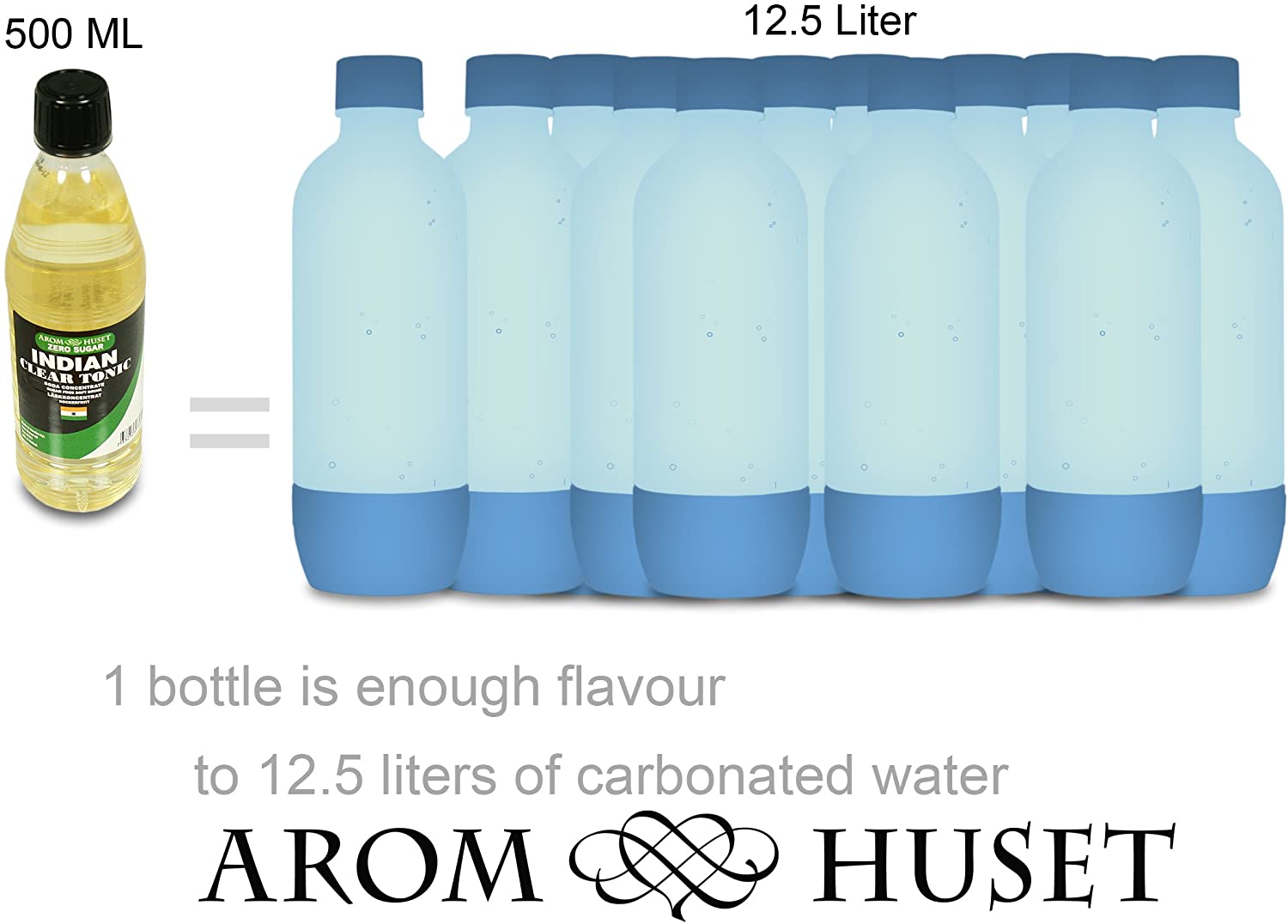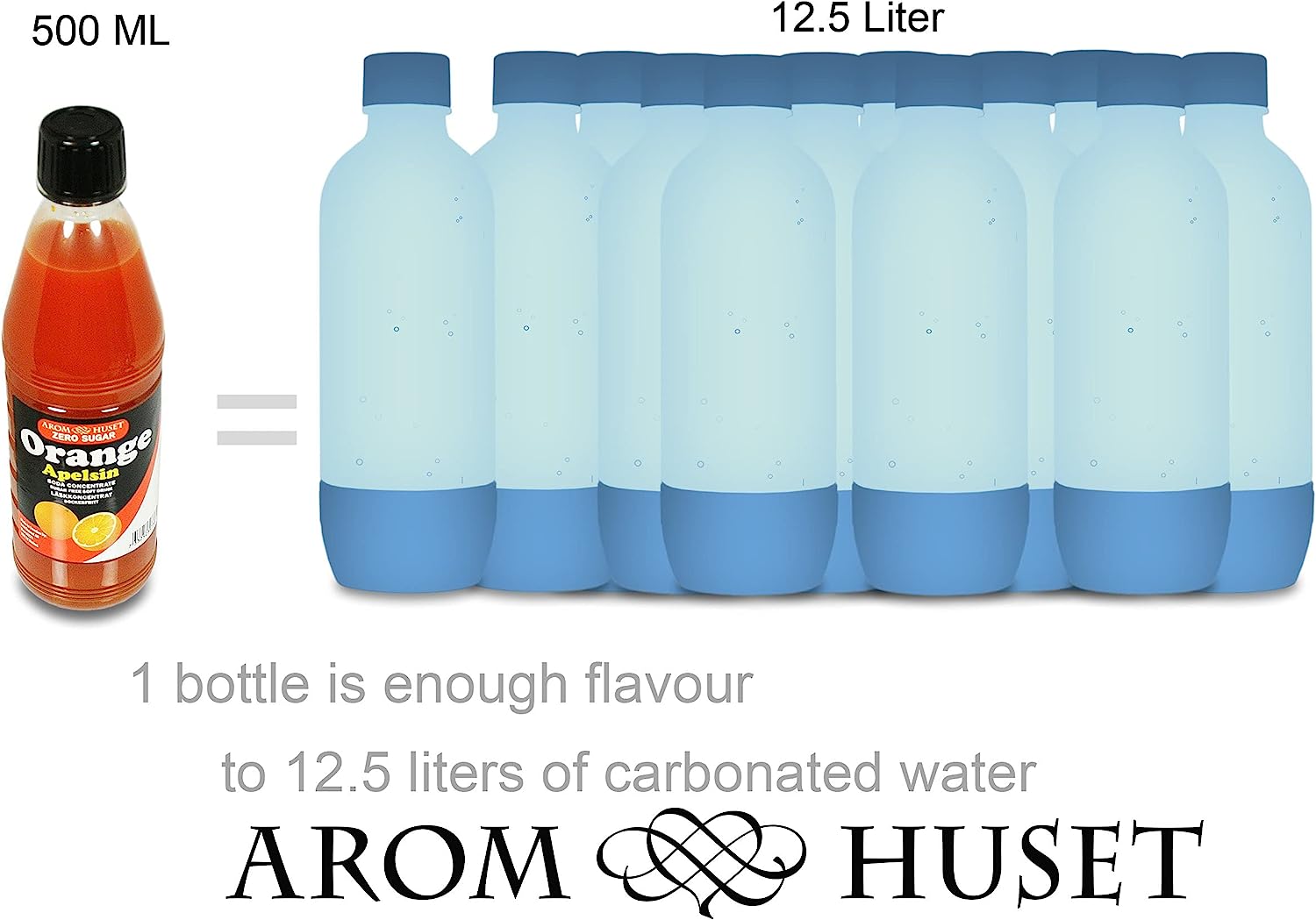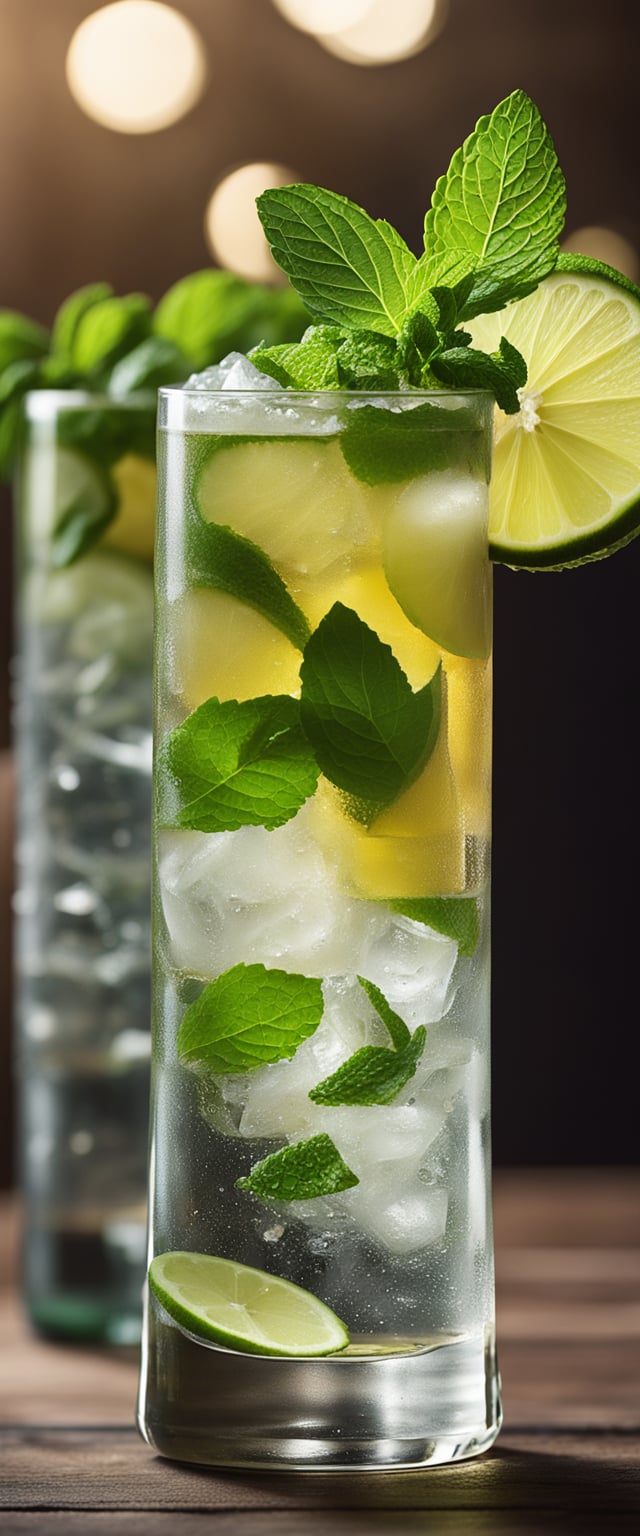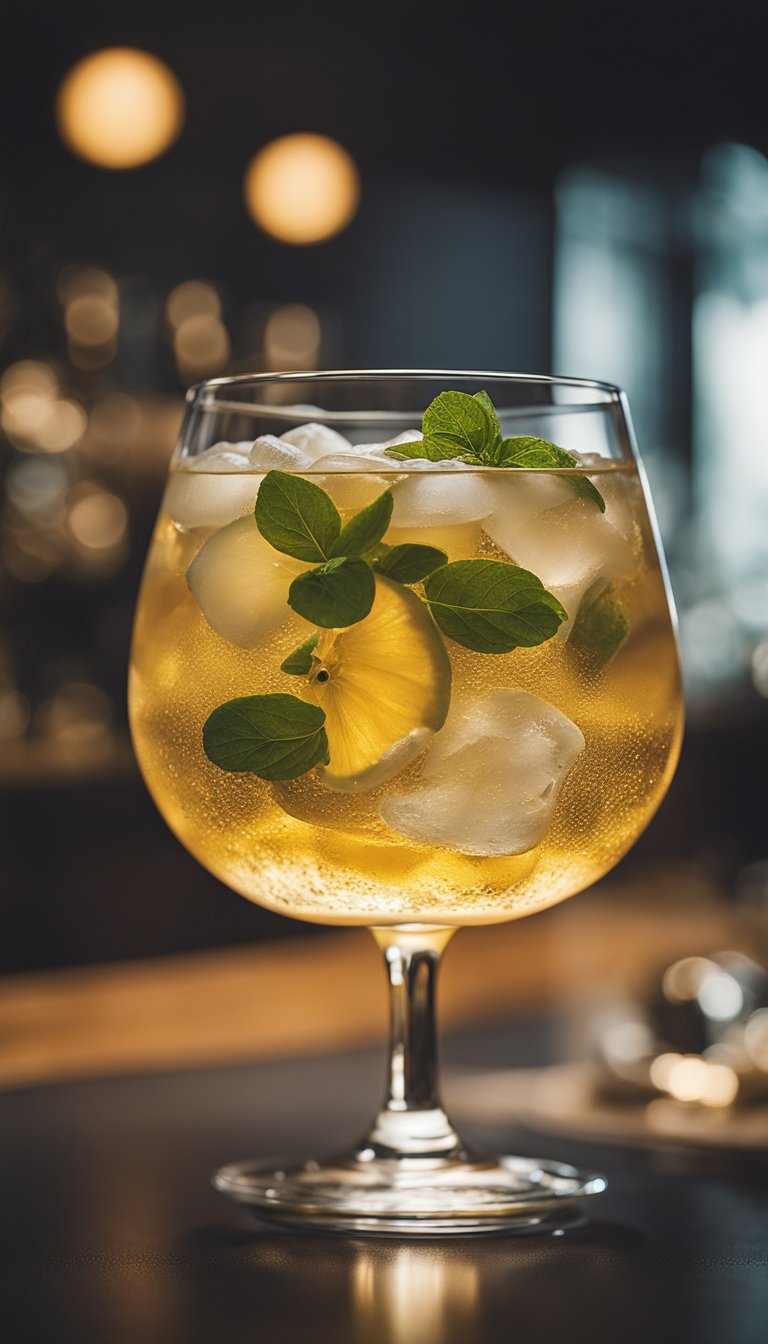Find refreshing pleasure with Aromhuset’s Zero Sugar Orange Soda Syrup Concentrate! The offer is only available for a short time. Irresistible flavor and healthier beverages You can get yours today!
Are you fed up of having to sacrifice the flavor of your drinks for health benefits when it regards your drinks? Imagine sipping on an amazingly tangy orange beverage without having to worry about the guilt that usually is associated with sugary drinks. You’ve found the perfect blend of flavor and health ends here! The Aromhuset revolutionary Zero Sugar Syrup for Oranges — a game changer that will completely transform your drinking experience.
Why is Aromhuset’s Zero-Sugar Orange Soda Syrup Concentrate?
In a world in which health-conscious lifestyles are becoming the commonplace, the demand for beverages that can provide appealing taste and nutritional benefits has grown exponentially. In the past, it was necessary to compromise taste in order to maintain a healthy life. With Aromhuset’s Zero-Sugar Orange Soda Syrup Concentrate, you can now enjoy everything.
The Benefits of Aromhuset’s Syrup:
- Zero Sugar: Enjoy the pleasure of food and not worry about excessive sugar consumption.
- authentic flavor: Drink the pure essence of sweet oranges with every drink, because Aromhuset employs only the finest ingredients to capture the rich taste.
- Unlimited Variety: In the event that you’re preparing a refreshing soda, a delightful cocktail or a mocktail this syrup is your secret ingredient to crafting memorable beverages.
Let’s embrace the Flavorful Revolution
The beverage landscape is undergoing incredible changes, fueled by the desire of consumers for healthier alternatives. The rising demand for beverages that don’t compromise on flavor while also promoting health and wellness is creating a new paradigm for the industry. The consumers aren’t content with the traditional choices that are loaded with artificial additives and sugars.
Aromhuset’s Innovating Approach:
- Health-conscious innovation: Aromhuset understands the changing consumer preferences and is dedicated to providing products that meet these desires.
- Sugar-Free Satisfaction: In offering a no sugar option, Aromhuset caters to those looking to eat guilt-free and enjoy the flavors they love.
- Culinary Creativity: The syrup’s versatility allows you to play with new recipe for drinks, letting you let your creative juices flow.
The Countdown Starts The Offer is Limited Time Only
Time is of the essence! Aromhuset’s Zero Soda Orange Syrup Concentrate available for a limited time only, giving you a deal that you must not miss. When you read this the clock is ticking telling you to get into action to embrace a fresh time of enjoyment from your drink.
Limited-Time Incentives:
- Special Price: Get the most value with a pricing offer designed to keep your taste buds and your wallet content.
- Exclusive Access: After grabbing this opportunity, you are part of an exclusive set of customers who enjoy top-quality flavors without compromising.
Your journey towards refreshing flavors and healthier alternatives is about to take an exciting twist. The journey towards experiencing Aromhuset’s Zero Sugar Orange Soda Syrup Concentrate is starting here, but keep in mind that the clock never stops for anyone.
Seize the Moment: How to Get Yours
Are you ready to get your hands for this extraordinary syrup? The process is less complicated than you imagine. Our online platform will provide you with a hassle-free way to secure your order.
Steps for Making It Yours
- Visit the website: Head over to Amazon UK or EU.
- Find out more: Browse the product specifications, learn about the offer, and then be amazed by the price.
- Create Your Account: Add the Zero Sugar Orange Soda Syrup Concentrate to your shopping cart and proceed to the checkout.
- Accept and Make Payment Recheck your online order, provide the necessary information as well as make your payment.
- Anticipate Delivery: As you relax, anticipate the arrival time of your package, full of unlimited possibilities.
Next Step: A Deeper Dive into Aromhuset’s Orange Soda Syrup Concentrate
As you gear up to embark on an adventure to wellness and flavor the next section awaits to discover the awe-inspiring wonder that is Aromhuset’s Zero Sugar orange soda Syrup Concentrate. Begin to explore its delicious flavor and discover the numerous ways that you can enhance your drink game. Let’s begin by exploring the roots of this orange soda revolution.
This is Flavorful Revolution of Zero Sugar Orange Soda
In a world where taste and wellness are no longer in conflict with forces, a thrilling revolution is taking place. A journey to wellness cannot be the end of the road to the delights of delicious drinks. Thanks to the rising demand for healthier alternatives drinks that combine the taste and are healthy have stepped into the spotlight. at the forefront of this is Aromhuset’s Zero Sugar orange Soda Syrup.
Embracing Healthier Choices
The common perception of beverages typically conjures images of sweet concoctions that offer a brief joy, but do not contribute to long-term health. However, the modern-day consumer has embraced the value of making informed decisions looking for beverages that align to their wellbeing goals. The need for choices that provide both a sensory voyage and nutritional advantages has created a new renaissance within the beverage sector.
The Evolution of Beverage Preferences:
- Shifting Paradigms: The shift in the direction of “empty calories” to high-nutrient options indicates that consumers have changed their expectations.
- Request for Transparency Consumers now demand to know what goes into their drinks, prompting brands to release ingredient information.
- Holistic Well-Being Health-conscious people are seeking beverages that contribute positively to their mental and physical well-being.
The emergence of Zero Sugar Alternatives
One of the most interesting shifts in the drink landscape is the ascendancy of no sugar alternatives. The idea that sugary beverages are the only way to get tasty flavors has been disproved by a new breed of beverage creations. Aromhuset one of the pioneers in this direction, has utilized innovation to prove that the absence of sugar does not mean that there is no flavor.
The Sweetness from Zero Sugar:
- Balancing Act: Aromhuset’s Zero Sugar Orange Soda Syrup Concentrate reaches a balance between health-conscious choices and amazing flavor.
- Pure Flavor Extraction: The finest ingredients and the most advanced processes enable the syrup to capture the genuine essence of oranges.
- Sensory Satisfaction: Every sip is a reminder that flavors can be indulgent without lifting the bar towards over-indulgent sugars.
Achieving a Harmonious Blend
The essence of the Aromhuset brand is creating drinks that provide a variety of flavours while maintaining the ideals of wellbeing. The revolution in orange sodas they’ve sparked stands as a testament Aromhuset’s steadfast commitment to new ideas and a great taste.
Aromhuset’s Approach:
- Innovative Alchemy: Aromhuset’s team of experts blends art with science to develop new products that are redefining the boundaries of taste.
- Uncompromising Top Quality Top ingredients pass through a meticulous selection process to ensure each drop of syrup embodies the highest quality.
- Culinary Adventures: More than just drinks, the syrup is a canvas for culinary innovation, giving rise to new recipes and experiences.
Unleash the full potential of your Flavorful Potential
In the world where flavor is able to transcend no bounds and health is never compromised Aromhuset’s Zero Sugar Orange Soda Syrup Concentrate is waiting to be explored. Join the celebration of the combination of flavor and wellness, and elevate your drinking experience to new levels.
Onwards to the Limited Time Deal
With your appetite for taste and health in check It’s now time to go through the next chapter in this incredible journey. If the tempting aroma of Aromhuset’s Zero-Sugar Orange Soda syrup concentrate beckons this limited-time promotion as your entrance to a refreshing experience unlike other. The irresistible aroma of orange is waiting to be discovered by your senses and we invite you to explore and enjoy this unique chance.
Stay Tuned for Section 3 for a deeper dive into the Aromhuset’s orange Soda Syrup Concentrate
The next section of our exploration will dive into the very essence of Aromhuset’s genesis — zero sugar orange soda syrup concentrate. Find out about its hand-crafted craftsmanship in the creation of exquisite beverages, and accounts of people who’ve savored its essence. While we delve deeper into the fascinating world of Aromhuset promises excellent taste and healthier choices is waiting for us.
A Deeper Scuba Diving into Aromhuset’s Lemon Soda Syrup Concentrate
You’re about to embark on an adventure of flavor, craft, and flexibility as we dive deeper into base of the Aromhuset Zero Sugar Organic Soda Syrup. This section will reveal the craftsmanship that goes into every drop and reveals the many ways to spice up your drink, and feedback of those who have been enjoying the taste-packed experience.
the Art of Capturing Orange Essence
At the foundation of Aromhuset’s syrup is an unparalleled dedication to authenticity. The creation of a syrup that encompasses the fresh flavor of ripe oranges requires a delicate blend of the art and science. This harmonious blend guarantees that each sip captures the fresh squeezed oranges.
A. Culinary Alchemy:
- Natural Extraction: Aromhuset uses a precise process to extract natural aromas of oranges, in essence, capturing the essence.
- Preserving Fragrance: By using premium ingredients, the product retains the aromatic properties that give orange its characteristics.
- Non-Shortcuts from Artificial Sources Aromhuset doesn’t contain artificial additives and lets the true taste of oranges to shine.
Flexibility Beyond Boundaries
Aromhuset’s Zero Sugar Orange Syrup Concentrate isn’t limited to the world of traditional sodas. Its capabilities go beyond its boundaries, allowing a myriad of beverages that cater to the various tastes and preferences. From mocktails that refresh and enthralling cocktails in this syrup, it’s a proof of the freedom to be creative.
Multiple Applications:
- Sweet Sodas that Refresh: Create a refreshing and zesty citrus soda that can make your taste buds dancing to the beat of your own drum.
- Beautiful Mocktails Elevate your gatherings with drinks that are alcohol-free and entice the senses with bursts of citrusy sweetness.
- Cocktail Adventures: Play around with cocktails that include syrup as a main ingredient. It’s a fun twist to the classic recipes.
The Voices of Satisfaction
The value of any product lies in the experience of those who have had the pleasure of enjoying it. Aromhuset’s syrup received praise by those who’ve embraced the harmony of wellness and flavor it brings for their lifestyles.
Testimonials:
- Grace M., Food Blogger: “Aromhuset’s syrup revolutionized my mocktail game. The taste of orange cannot be beat, and knowing there’s no sugar is a win!”
- Alex R., Mixologist: “As a mixologist I’m always lookout for exceptional ingredients. Aromhuset’s syrup has taken my cocktails to a higher level and my customers appreciate it.”
Stay Tuned for the Countdown! Limited Time Special Offer
As we soak in the quality of Aromhuset’s Zero sugar concentrated Orange Syrup, the countdown to the exclusive offer gets closer. The journey you’ve set out on comes with both indulgence and well-being A fusion that will alter the way you think about drinks.
Next Up unveiling the Limited time Sale
With your taste buds tantalized and your curiosity in awe, it’s time for you to learn the details of this limited-time offer that awaits you. The opportunity to experience this unique syrup at an unbeatable price is insisting that you explore the limits of flavor without hesitation. As time passes, the moment of opportunity is growing closer which is why we should prepare to seize it.
Stay tuned for Section 4: How to Get Your Hands on Aromhuset’s Zero Sugar Orange SODA Syrup Concentrate
The next section of our guide provides you with a step-by-step guide to get your own bottle of Aromhuset’s Zero Sugar Orange Soda Syrup Concentrate. From the process of navigating the website to completing your purchase, this guide will ensure that you don’t lose the opportunity to elevate your drink into new heights.
Unveiling the Limited Time Deal
The anticipation grows as we inch closer the very heart that is Aromhuset’s Zero Sugar orange Soda Syrup Concentrate experience. The unveiling of the limited-time offer. The section opens up to an opportunity that promises to reshape your beverage journey with a focus on your wallet and taste buds in the forefront of your mind.
time-sensitive temptations
In a culture that’s marked by constant change and constantly evolving trends There’s a strong attraction to special-occasion offers. These opportunities call people to act now and take decisions which could change their lives in significant ways. Aromhuset recognizes the power of this lure and has developed the perfect proposition that’s hard to resist.
The essence of Special-Time Offers:
- Urgency Creation: A limited-time offer provides a sense urgency in people, urging them to immediately take action.
- Exclusive Value: People who participate of these offers are not only the product, but additionally the exclusivity and value that comes with it.
- Opportunity to Profit: The notion of scarcity spurs people to take action, causing people to take actions which they may otherwise put off.
Pricing That Piques Interest
The offer is limited to a certain time and goes beyond the concept of scarcity. Instead, it offers an exclusive opportunity to obtain Zero Sugar Orange Soda Syrup Concentrate at a price that is attractive price point. The intersection of quality, health-consciousness, and affordability is a powerful proposition that resonates with discerning consumers.
The Unveiling Value
- Astonishing Value Aromhuset’s service brings an incredible product in your reach providing a better beverage experience for all.
- Cheap Luxury It ensures premium flavors can be experienced without putting a dent on your spending.
- Investment in wellness: Opting for a healthier alternative to your drink can be an investment worth it in your overall health.
Grab Opportunity Orange-Scented Opportunity
The countdown to securing each of you own bottles of Aromhuset’s Zero Sugar Orange Soda Syrup Concentrate has begun. The mix of authenticity innovativeness, and value are reflected in an offer that’s as inviting as it is nourishing. Whether you’re an advocate for mindful consumption or an enthusiast of everything citrus, this deal invites you to enjoy the symphony of flavors available.
The Flavor of HTML How to Claim Yours
The process to purchase your very exclusive bottle of Aromhuset’s sweet syrup is designed to be simple and simple for users. No matter if you’re a tech expert or novice to online shopping follow these steps to assure you that you’ll be able to claim your share of the orange-scented sweet.
Step-by-Step Guide:
- Visit the website: Navigate to Amazon official website in order to avail the offer.
- Check out the products: Explore the product page to get a better understanding of the factors that make this syrup an exceptional choice.
- “Add to Cart”. Click on the quantity and click on the “Add to cart” button to place the item in your online basket.
- Checkout Procedure: Proceed to the checkout page, where you’ll provide your personal information and select your choice of a payment mode.
- Review and Confirm: Take a moment to read through your purchase, verifying that all information is accurate before you confirm your purchase.
Awaiting the arrival
Your order has been confirmed and the process of introducing Aromhuset’s Zero -Sugar Orange Syrup Concentrate to your life is already underway. As you anticipate the arrival of your package full of a fresh orange flavor, the next step of our exploration is ready take you through the last steps to enjoy a refreshing treat.
Next up How to Access Aromhuset’s Zero Sugar Orange Soda Syrup Concentrate
The upcoming section of our journey provides you with the latest information regarding the date of arrival for your package as well as answers to frequently asked questions. In the closing sections of securing your delicious syrup, think about just a few steps closer to a drinking experience that effortlessly merges taste and health.
How to Get Your Hands on Aromhuset’s Zero Sugar Orange Syrup Concentrate
In the midst of the conclusion of our investigation, final steps towards claiming your very exclusive container of the Aromhuset’s Zero Sugar Orange Soda Syrup Concentrate are in your sights. In this section, we will guide you through the process of receiving your package, and answer common issues to ensure an effortless experience.
The Beginning of Flavorful Anticipation
With your order confirmed, the countdown begins to the arrival of the eagerly awaited package. The commitment to quality of Aromhuset goes beyond the syrup itself that includes a smooth and reliable delivery process. Your journey to a refreshing and delicious drink will soon be reaching the top of the hill.
Timely Delivery:
- Prompt processing: Amazon team makes sure that orders are processed in a timely manner which reduces waiting time.
- shipping efficiency: It is a process that is made easier to ensure your package is in good condition.
- Transparency for Tracking: Stay up-to-date with real-time tracking details, allowing you to anticipate when your package will arrive.
Answers to the Most Frequently Asked Questions
To answer any unanswered questions that you have, here are the most frequently asked-for questions concerning purchase of the Aromhuset Zero Sugar Organic Soda Syrup Concentrate.
FAQs:
-
Q: Can I customize my order quantity?
- A Yes, you do have the freedom to select the quantity of syrup that best suits your needs.
-
Q Are the online payment process safe?
- A: Absolutely. Amazon will always put the highest priority on security of your personal information by employing strong encryption protocols.
-
Q: What should I do if have issues with the order I placed?
- A: Amazon and Aromhuset’s dedicated customer support staff is available to assist with any inquiries related to your order or issues.
Seize the Opportunity: Elevate Your Beverage Experience
If your experience through the intricacies of Aromhuset’s Zero Sugar Orange Soda Syrup Concentrate comes to an end an opportunity to enjoy a healthy, delicious beverage experience is waiting to be fulfilled. From crafting tantalizing sodas to mixing up cocktails that are mixologist-worthy, the possibilities are infinite. The synergy between flavor and well-being is in your reach.
The Conclusion Flavorful Wellness Awaits
In this series of articles we set off on a journey of innovation, taste and health. From the initial introduction of Aromhuset’s syrup until its enthralling authenticity, the trip was one of discovery and satisfaction. We have witnessed the rise of low-sugar alternatives, delved into the process of capturing that orange’s essence and revealed a limited-time deal that brought values and taste in a harmonious embrace.
After we’ve finished this research at the end of this journey, we ask you to be proactive. Make sure you are part of the Aromhuset Zero Sugar orange Soda Syrup Concentrate. Take advantage of the chance to create drinks that encourage conversations that lift moods and change the way you think about refreshment. This adventure is more than one of the articles in this collection. It’s a invitation to an exciting, flavor-packed revolution which you can savor.
Explore the Road: A Review of our Journey
- Introduction: Wir introduced the concept of guilt-free indulgence in Aromhuset’s syrup. Additionally, we highlighted urgency of the special offer for a short time.
- Flavorful Transformation: The evolving landscape of beverages and the rise of zero-sugar options were examined in depth.
- orange essence: Our team explored the artistry of capturing the essence of oranges in each drop of the syrup.
- Limited Time Special Offer Attractiveness of limited-time offers and their value-for-money offer were revealed.
- Acquisition guide: This process for protecting your own bottle syrup, from the moment you place an order until delivery was described.
Onwards for Flavorful Delights
As you venture forth armed with knowledge and excitement, make sure to remember that the road to Aromhuset’s Zero sugar Orange Syrup Concentrate has more to it than just an investment. It’s a commitment to indulgence that isn’t detrimental to your health. It’s a celebration with a focus on your health. With each sip, you’re taking part in a new era, one that’s been created by innovation and savored by you.
Stay refreshed, stay mindful Be aware, and remember this: the universe of delicious and healthy beverages are yours.




